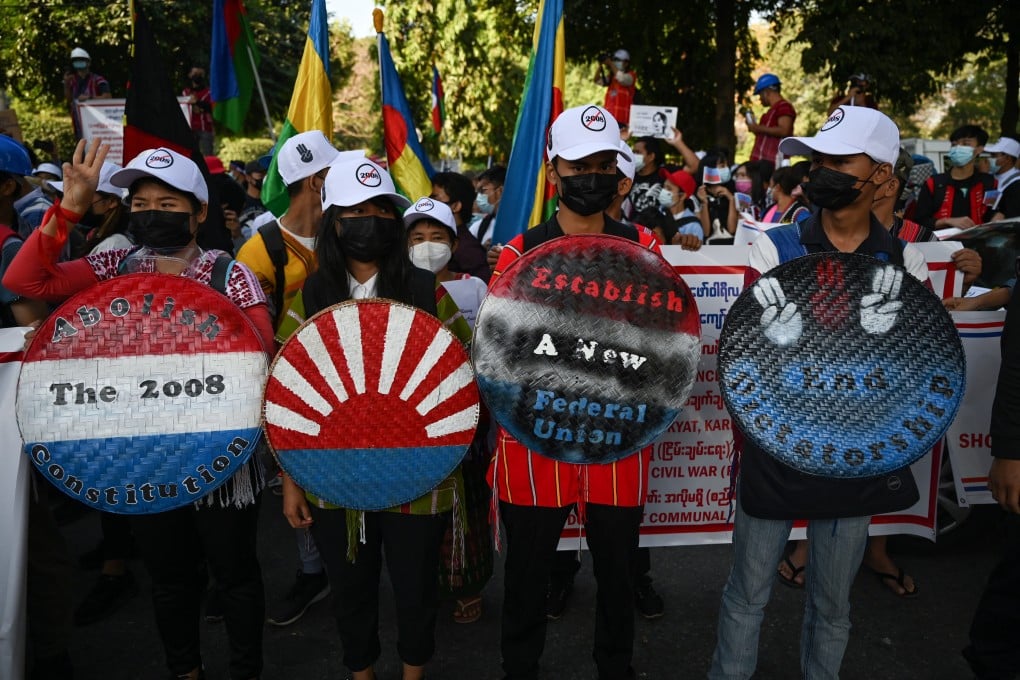Reflections | Unlike the Myanmar coup, some takeovers in Chinese history were welcomed
- One of the most famous coups in Chinese history was the Chenqiao mutiny, which led to the nation’s reunification
- There was minimal fighting and virtually no bloodshed, and the new emperor was treated with the utmost courtesy

Following the coup, the military has taken over the running of the country, even as thousands of protesters took to the streets demanding the return of democratic civilian rule.
One of the most famous coups in Chinese history – and there were many – was the Chenqiao mutiny, which occurred near the end of the chaotic Five Dynasties and Ten Kingdoms Period (AD907-979). With the decline of the once mighty Tang dynasty, which formally ended in 907, China was split into multiple political regimes ruled by warlords. At the periphery were about a dozen states of varying sizes (the “ten kingdoms”), while the rump state in northern China was ruled in quick succession by five dynasties.
The last of these dynasties, the Later Zhou (AD951-960), was well on its way to reunifying the Chinese nation after the successive reigns of two capable emperors until its second emperor died of an illness at the young age of 37 and was succeeded by his six-year-old son.

A minor on the throne was inevitably an enticing prospect for ambitious men and women, and Zhao Kuangyin (AD927-976), the commander of the palace guards charged with the personal protection of the emperor, was one such ambitious man.
